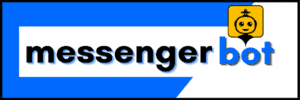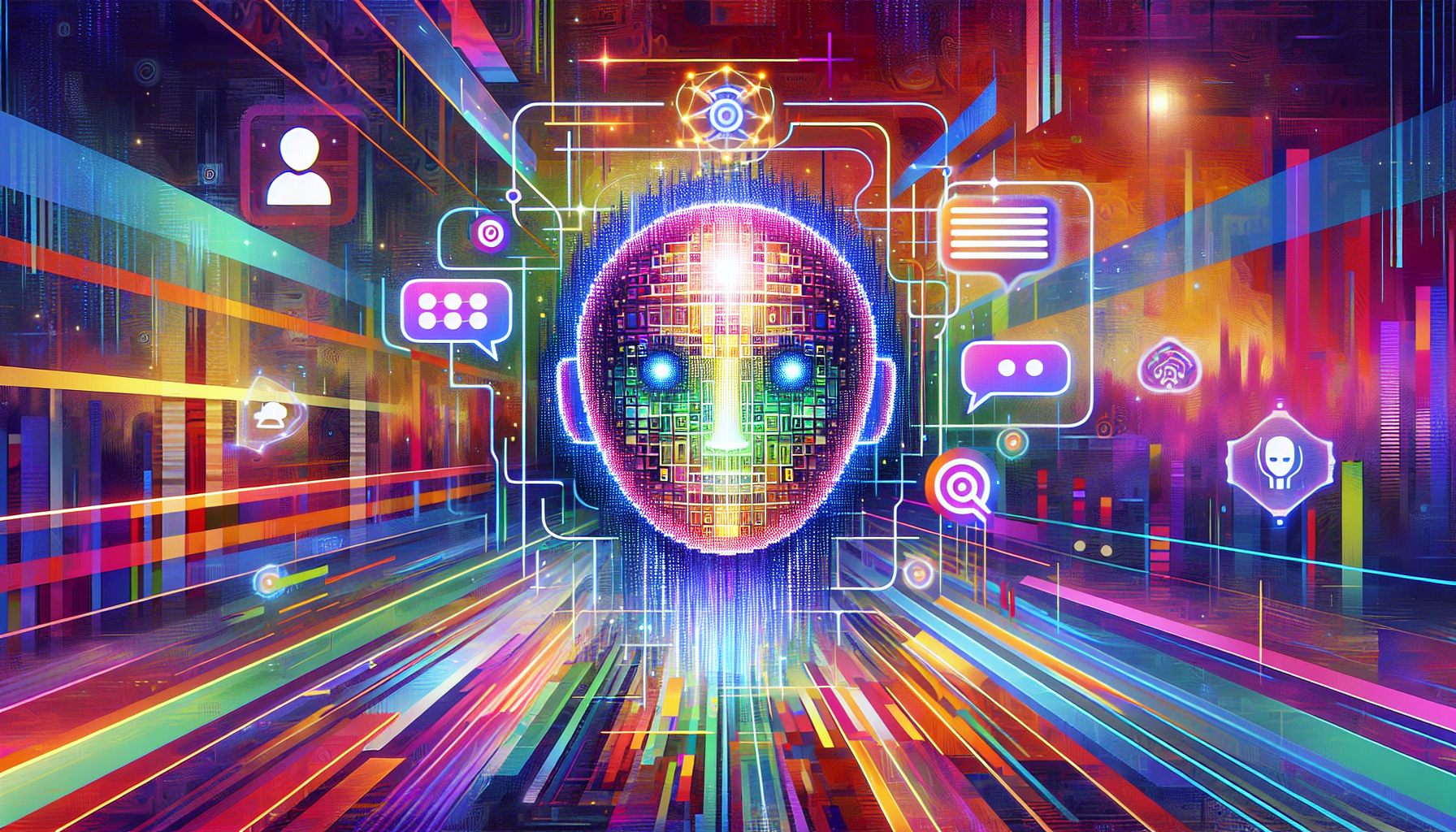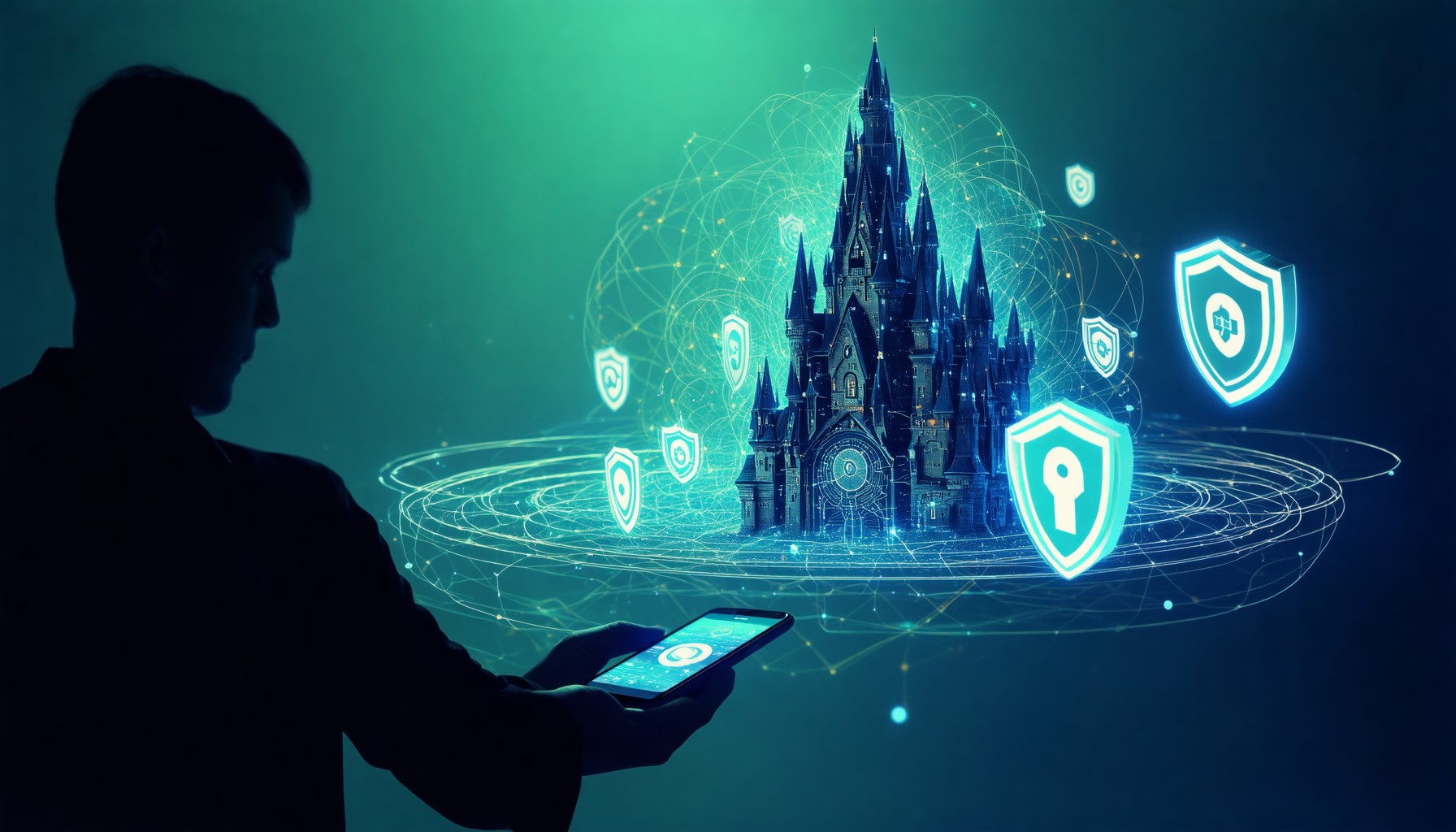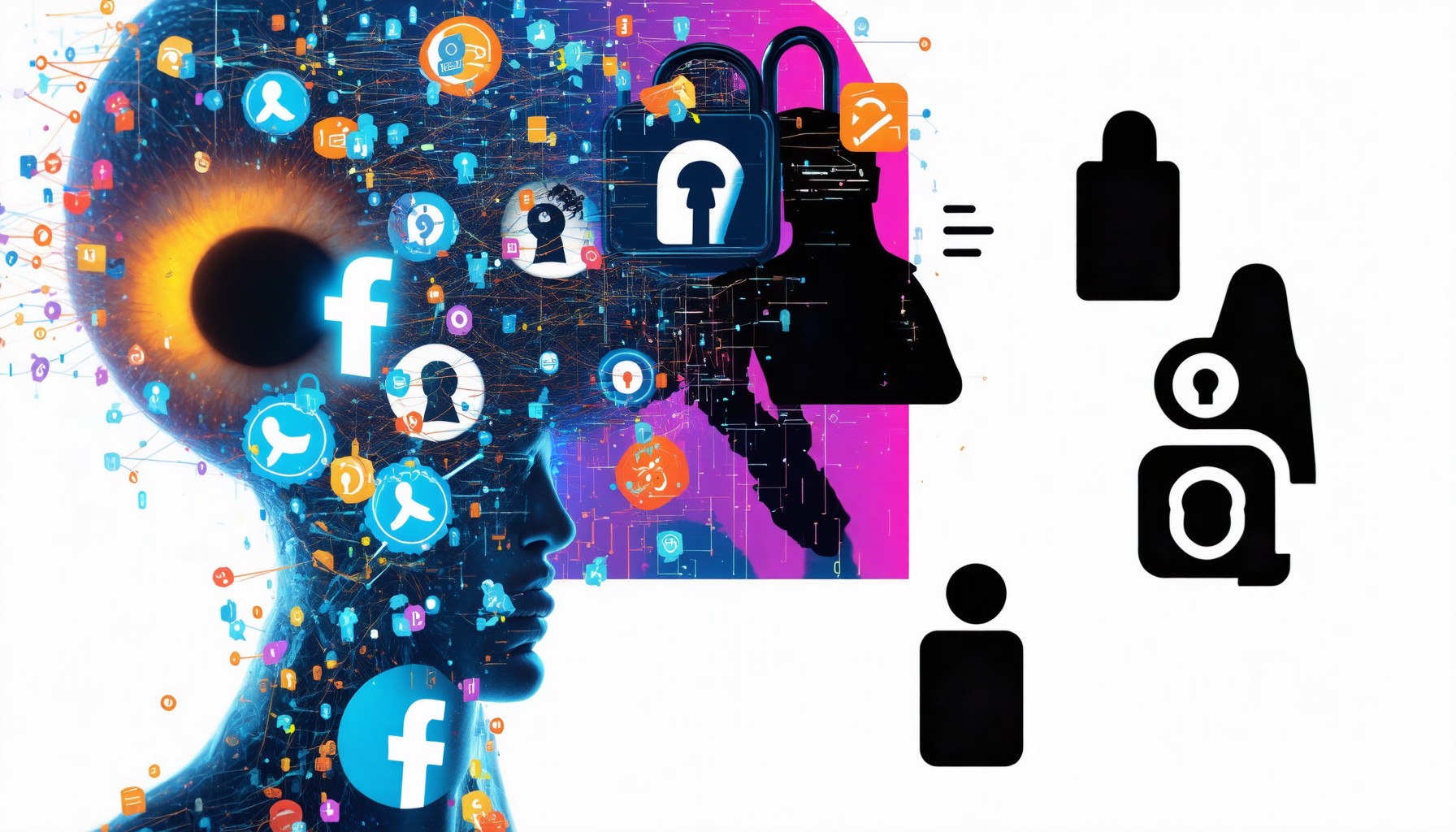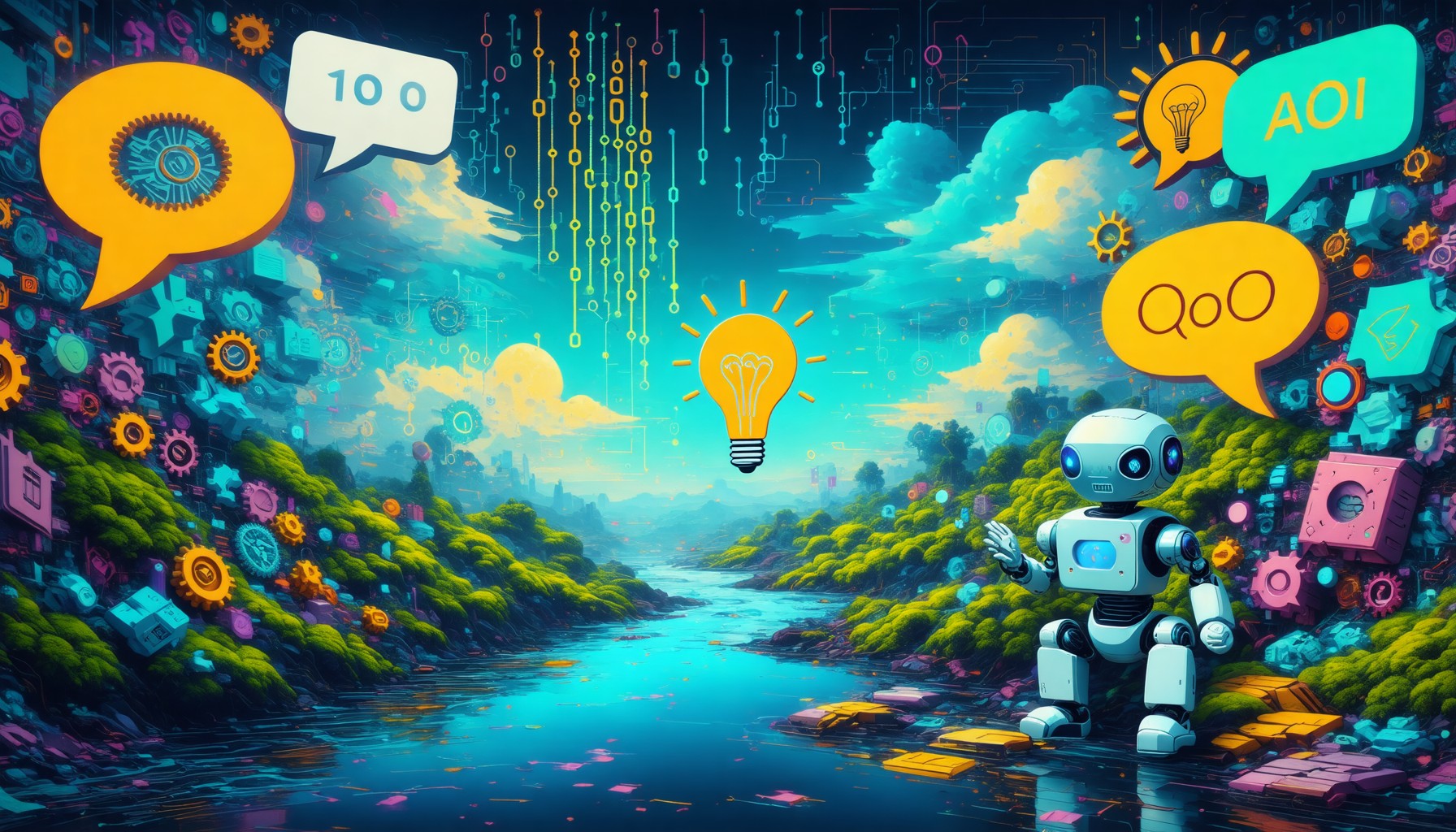In today’s digital landscape, mastering AI chatbot design is essential for businesses looking to enhance customer engagement and streamline communication. This article will delve into the intricacies of creating engaging AI chat experiences, providing you with essential tips and insights. We will explore the foundational principles of AI chat design, uncovering best practices that can elevate your chatbot’s effectiveness. Additionally, we will examine the career landscape for chatbot designers, including salary expectations and the skills that can boost earning potential. For those interested in a hands-on approach, we will guide you through the process of building your own AI chatbot, complete with essential tools and templates. Furthermore, we will discuss UI design strategies that ensure your chatbot is not only functional but also visually appealing. As we navigate through the constraints and considerations of AI chatbot design, you will gain a comprehensive understanding of how to create a ChatGPT-like experience from scratch. Join us as we summarize key takeaways and look ahead to future trends in AI chatbot development, setting the stage for your success in this dynamic field.
Understanding the Basics of AI Chatbot Design
Designing an AI chatbot requires a solid understanding of its foundational principles and best practices. By focusing on effective AI chatbot design, you can create a tool that not only meets user expectations but also enhances engagement and satisfaction. Here, we delve into the key principles and practices that will guide you in crafting an effective AI chat design.
Key Principles of Effective AI Chat Design
To design an AI chatbot from scratch, follow these eight comprehensive steps:
- Define the Purpose of Your Chatbot
Clearly outline the primary function of your chatbot. Is it for customer support, lead generation, or providing information? A well-defined purpose will guide the design and functionality of your chatbot, ensuring it meets user needs effectively. Research indicates that chatbots with a specific purpose improve user engagement by up to 80%. - Choose the Right Platform
Select a platform that aligns with your target audience. Popular options include Facebook Messenger, WhatsApp, and website integrations. Each platform has unique features and user demographics, so consider where your audience is most active. For instance, Messenger bots can leverage Facebook’s extensive user base for broader reach. - Select a Chatbot Development Framework
Choose a development framework that suits your technical expertise and project requirements. Options include Dialogflow, Microsoft Bot Framework, and Rasa. These frameworks provide tools for natural language processing (NLP) and machine learning, essential for creating an intelligent chatbot. - Design Conversational Flows
Utilize a chatbot editor to create intuitive conversational flows. Map out potential user interactions and responses, ensuring a natural dialogue. Incorporate decision trees and fallback options for unrecognized inputs to enhance user experience. Research shows that well-structured conversations can increase user satisfaction by 70%. - Implement Testing Procedures
Conduct thorough testing to identify and resolve issues before launch. Use both automated testing and real-user feedback to refine the chatbot’s performance. A/B testing different conversation flows can help determine the most effective interactions. - Train Your Chatbot
Utilize machine learning techniques to train your chatbot on relevant datasets. This training should include various user intents and responses to improve accuracy. Regular updates and retraining based on user interactions will enhance the chatbot’s performance over time. - Gather User Feedback
Post-launch, actively collect user feedback to identify areas for improvement. Implement surveys or feedback forms to understand user experiences and expectations. Continuous improvement based on user insights is crucial for maintaining relevance and effectiveness. - Monitor and Optimize Performance
Regularly analyze chatbot performance metrics such as engagement rates, response accuracy, and user satisfaction. Use analytics tools to track these metrics and make data-driven adjustments to optimize the chatbot’s functionality and user experience.
By following these steps, you can design an effective AI chatbot that meets user needs and enhances engagement across various platforms.
Best AI Chatbot Design Practices
Implementing best practices in AI chatbot design is crucial for maximizing user engagement and satisfaction. Here are some essential practices to consider:
- Keep Conversations Natural: Ensure that the chatbot’s language is conversational and friendly. This approach helps users feel more comfortable interacting with the bot.
- Personalize Interactions: Use user data to tailor responses and create a more personalized experience. This can significantly enhance user satisfaction and loyalty.
- Provide Clear Options: Offer users clear choices during interactions to guide them effectively. This reduces confusion and helps maintain a smooth conversation flow.
- Utilize Multilingual Capabilities: If your audience is diverse, consider implementing multilingual support to cater to users in their preferred language.
- Regularly Update Content: Keep the chatbot’s knowledge base current to ensure it provides accurate and relevant information.
By adhering to these best practices, you can create a robust AI chatbot design that not only meets user expectations but also stands out in the competitive landscape of AI chatbot solutions.
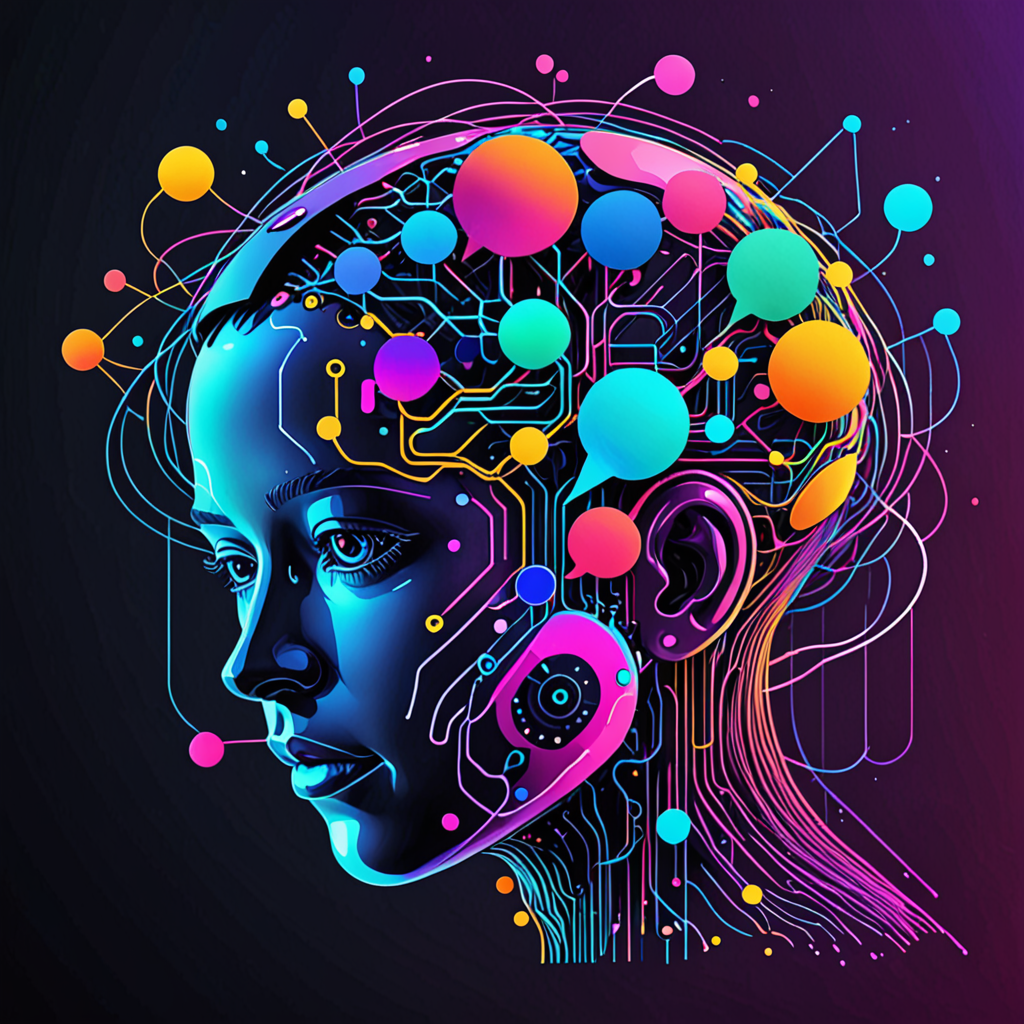
Exploring the Career Landscape of Chatbot Designers
As the demand for AI chatbot solutions continues to grow, understanding the career landscape for chatbot designers becomes essential. This field not only offers lucrative opportunities but also allows professionals to engage with cutting-edge technology. In this section, we will delve into salary expectations and the skills that can enhance earning potential in AI chat design.
Salary Expectations for AI Chatbot Designers
The salary for chatbot designers can vary significantly based on several factors, including experience, skill level, and geographic location. Here’s a breakdown of the salary landscape:
- 25th Percentile: Approximately $54,000 per year, or about $26 per hour.
- Median Salary: Around $93,749 per year, or $45.07 per hour for chatbot developers.
- 75th Percentile: Approximately $121,000 per year, or $58 per hour.
- Top Earners: The highest earners in this field can make up to $153,000 per year, or $73 per hour.
Salaries can be higher in tech hubs such as San Francisco, New York, and Seattle, where demand for skilled chatbot designers is robust. For instance, a chatbot designer in San Francisco may earn significantly more than the national average due to the high cost of living and competitive job market. Entry-level chatbot designers typically earn less, while those with several years of experience or specialized skills in AI and natural language processing can command higher salaries.
For further insights, refer to sources such as the U.S. Bureau of Labor Statistics and industry salary surveys from platforms like Glassdoor and Payscale, which provide detailed salary breakdowns and trends in the chatbot design field.
Skills That Enhance Earning Potential in AI Chat Design
To maximize earning potential in AI chatbot design, certain skills are particularly valuable. Proficiency in programming languages such as Python or JavaScript is essential, as these are commonly used in chatbot development. Additionally, experience with platforms like Messenger Bot can set candidates apart in the job market.
A strong understanding of user experience design is also crucial, as it directly impacts how users interact with chatbots. Familiarity with AI concepts, natural language processing, and machine learning can further enhance a designer’s profile, making them more attractive to employers.
Related roles, such as Chatbot Developer and Chatbot Conversation Designer, also offer competitive salaries, averaging around $93,749 and $84,203 per year, respectively. By developing a diverse skill set and staying updated with industry trends, chatbot designers can significantly increase their earning potential and career prospects.
How to Design UI for Chatbot?
Crafting an engaging UI for AI chatbots is crucial for enhancing user experience and ensuring effective communication. A well-designed user interface not only attracts users but also facilitates seamless interactions, making it easier for them to engage with the chatbot. Here are some key considerations and best practices for designing an effective chatbot UI.
Chatbot UI Design Templates for Inspiration
Utilizing chatbot UI design templates can significantly streamline the design process. These templates provide a foundation that can be customized to fit your brand’s identity and user needs. Here are a few sources where you can find the best AI chatbot design templates:
- Creative Bloq – Offers a variety of chatbot UI design examples that can inspire your own designs.
- Dribbble – A platform where designers showcase their work, including innovative chatbot interfaces.
- Behance – Features a wide range of projects, including chatbot UI designs that can spark creativity.
By exploring these resources, you can gather ideas and insights into effective design elements that resonate with users, ensuring your AI chat design stands out.
AI Chatbot UI Design in Figma: Best Practices
Figma is a powerful tool for designing user interfaces, including those for AI chatbots. Here are some best practices to follow when using Figma for your chatbot UI design:
- Consistency is Key: Maintain a consistent color scheme, typography, and iconography throughout your design to create a cohesive look.
- Prioritize Usability: Ensure that the chatbot interface is intuitive and easy to navigate. Users should be able to understand how to interact with the bot without confusion.
- Responsive Design: Design your chatbot UI to be responsive across different devices and screen sizes, ensuring a seamless experience for all users.
- Incorporate Feedback Mechanisms: Allow users to provide feedback on their interactions, which can help improve the chatbot’s performance over time.
By implementing these best practices in your AI chat design, you can create an engaging and user-friendly interface that enhances the overall experience for your audience.
Crafting an Engaging UI for AI Chatbots
Designing an effective user interface (UI) for an AI chatbot is crucial for enhancing user engagement and satisfaction. A well-crafted UI not only attracts users but also facilitates seamless interactions, making it essential to focus on key design elements that resonate with your audience.
Chatbot UI Design Templates for Inspiration
When embarking on your AI chatbot design journey, exploring existing templates can provide valuable insights and inspiration. Here are some popular chatbot UI design templates that exemplify best practices in AI chatbot design:
- Messenger Bot Templates: These templates are tailored for various industries, showcasing how to effectively engage users through automated responses and workflows.
- Brain Pod AI Chat Assistant: This template emphasizes a clean, user-friendly interface that supports multilingual interactions, enhancing accessibility for diverse audiences.
- Customizable Templates from Design Platforms: Websites like Adobe XD and Figma offer customizable chatbot UI templates that can be adapted to fit your brand’s identity and user needs.
Utilizing these templates can streamline your design process and ensure that your chatbot meets user expectations while adhering to the principles of effective AI chat design.
AI Chatbot UI Design in Figma: Best Practices
Figma is a powerful tool for designing AI chatbots, allowing for collaborative and iterative design processes. Here are some best practices for utilizing Figma in your AI chatbot design:
- Collaborative Design: Leverage Figma’s real-time collaboration features to gather feedback from team members and stakeholders, ensuring that your design aligns with user needs.
- Prototyping: Create interactive prototypes to simulate user interactions, allowing you to test and refine the chatbot’s flow before deployment.
- Design Systems: Establish a design system within Figma to maintain consistency across your chatbot’s UI elements, including buttons, colors, and typography.
- User Testing: Conduct user testing sessions with your Figma prototypes to gather insights on usability and make necessary adjustments based on user feedback.
By following these best practices in Figma, you can create a visually appealing and functional UI for your AI chatbot, ultimately enhancing user experience and engagement.

Creating a ChatGPT-like Experience: A Comprehensive Approach
Designing an AI chatbot that mimics the capabilities of ChatGPT involves a structured approach that encompasses technical requirements and design considerations. By focusing on these elements, you can create an engaging and effective AI chat design that meets user expectations.
Technical Requirements for Building ChatGPT
To build a ChatGPT-like experience, you need to consider several technical requirements that will ensure your AI chatbot functions optimally:
- Natural Language Processing (NLP) Frameworks: Utilize advanced NLP libraries such as Hugging Face’s Transformers or OpenAI’s GPT models. These frameworks provide pre-trained models that can be fine-tuned for specific tasks, enhancing the chatbot’s conversational abilities.
- Data Management: Collect and manage a diverse dataset that reflects the types of conversations your chatbot will engage in. This data is crucial for training your model effectively.
- Computational Resources: Ensure you have access to sufficient computational power, such as GPUs or cloud-based solutions, to handle the training and deployment of your AI model.
- Integration Capabilities: Plan for seamless integration of your chatbot into various platforms, including websites and messaging apps. This can be achieved through APIs that facilitate communication between your chatbot and external systems.
AI Chat Design Considerations for Optimal Performance
In addition to technical requirements, effective AI chat design is essential for creating a user-friendly experience. Here are key considerations:
- User-Centric Design: Focus on designing the chatbot’s interface to be intuitive and user-friendly. This includes clear prompts, easy navigation, and responsive interactions that enhance user engagement.
- Personalization: Implement features that allow the chatbot to personalize interactions based on user data and preferences. This can significantly improve user satisfaction and retention.
- Feedback Mechanisms: Incorporate feedback loops where users can rate their interactions. This data can be invaluable for continuously improving the chatbot’s performance and capabilities.
- Testing and Iteration: Regularly test your chatbot with real users to identify areas for improvement. Iterative design processes ensure that the chatbot evolves based on user needs and technological advancements.
By addressing these technical requirements and design considerations, you can create a robust AI chatbot that delivers a ChatGPT-like experience, enhancing user interaction and satisfaction. For further insights into AI chatbot design, explore resources like Brain Pod AI’s Multilingual AI Chat Assistant.
Creating a ChatGPT-like Experience: A Comprehensive Approach
Designing an AI chatbot, particularly one that mimics the capabilities of ChatGPT, requires a structured approach that encompasses technical requirements and thoughtful design considerations. This section will delve into the essential elements needed to build a ChatGPT-like experience, ensuring that your AI chatbot is not only functional but also engaging for users.
Technical Requirements for Building ChatGPT
To create a custom ChatGPT, you need to consider several technical aspects:
- Access OpenAI’s Platform: Start by visiting chat.openai.com and logging into your account. If you don’t have one, you will need to create it.
- Explore GPTs: Familiarize yourself with existing models by clicking on “Explore GPTs” in the side panel. This exploration can inspire your own design.
- Create Your GPT: Initiate the building process by clicking the “Create” button, which leads you to the creation interface.
- Input Instructions: Clearly define how your ChatGPT should respond by entering specific instructions regarding tone, style, and content type.
- Advanced Customizations: Use the “Configure” option to adjust personality traits, response lengths, and content focus.
- Testing and Iteration: Test your ChatGPT’s responses and refine your instructions based on user feedback to enhance performance.
- Integration with Messenger Bots: Utilize OpenAI’s APIs to integrate your ChatGPT with messaging platforms, allowing real-time user interactions.
- Deployment: Once satisfied with the chatbot’s performance, deploy it on your chosen platform and monitor interactions for continuous improvement.
By adhering to these technical requirements, you can effectively build a custom ChatGPT that enhances user engagement and interaction quality.
AI Chat Design Considerations for Optimal Performance
Beyond technical requirements, several design considerations are crucial for optimizing your AI chatbot’s performance:
- User-Centric Design: Focus on creating an intuitive interface that prioritizes user experience. This includes easy navigation and clear communication.
- Natural Language Processing (NLP): Implement advanced NLP techniques to ensure your chatbot understands and responds accurately to user queries, enhancing the conversational flow.
- Feedback Mechanisms: Incorporate ways for users to provide feedback on their interactions, which can inform future improvements and updates.
- Multilingual Capabilities: Consider adding multilingual support to cater to a diverse audience, allowing users to interact in their preferred language.
- Analytics and Monitoring: Utilize analytics tools to track user interactions and engagement metrics, helping you refine your chatbot’s performance over time.
By focusing on these design considerations, you can create an AI chatbot that not only functions effectively but also provides a satisfying and engaging user experience. For more insights on AI chatbot solutions, explore the best AI chatbots and their applications.
How to build ChatGPT from scratch?
Creating a ChatGPT-like experience involves a comprehensive understanding of AI chatbot design and the technical requirements necessary for development. This process not only requires programming skills but also an understanding of natural language processing (NLP) and machine learning principles.
Technical Requirements for Building ChatGPT
To build a ChatGPT-like model, you need to consider several technical requirements:
- Programming Languages: Proficiency in Python is essential, as it is the primary language used for AI development. Familiarity with libraries such as TensorFlow or PyTorch is also crucial for implementing machine learning algorithms.
- Data Collection: A large dataset is necessary for training your model. This data should be diverse and representative of the conversations you want your chatbot to handle. Public datasets like the OpenAI GPT-2 dataset can be a good starting point.
- Computational Resources: Building a sophisticated AI model requires significant computational power. Access to GPUs or cloud-based services like AWS or Google Cloud can facilitate the training process.
- Model Architecture: Understanding transformer architecture is vital, as it forms the backbone of models like ChatGPT. Familiarity with concepts such as attention mechanisms will enhance your design.
AI Chat Design Considerations for Optimal Performance
When designing your AI chatbot, consider the following aspects to ensure optimal performance:
- User Intent Recognition: Implement algorithms that can accurately interpret user queries and respond appropriately. This is crucial for maintaining engaging conversations.
- Response Generation: Develop a mechanism for generating coherent and contextually relevant responses. Techniques such as reinforcement learning can help improve response quality over time.
- Testing and Iteration: Continuously test your chatbot with real users to gather feedback. Iterative improvements based on user interactions will enhance the overall experience.
- Integration with Existing Platforms: Ensure your chatbot can be easily integrated into platforms like Messenger or websites. This will enhance accessibility and user engagement.
For those looking for inspiration or tools to assist in their AI chatbot design, platforms like Brain Pod AI offer various resources and templates that can streamline the development process.
